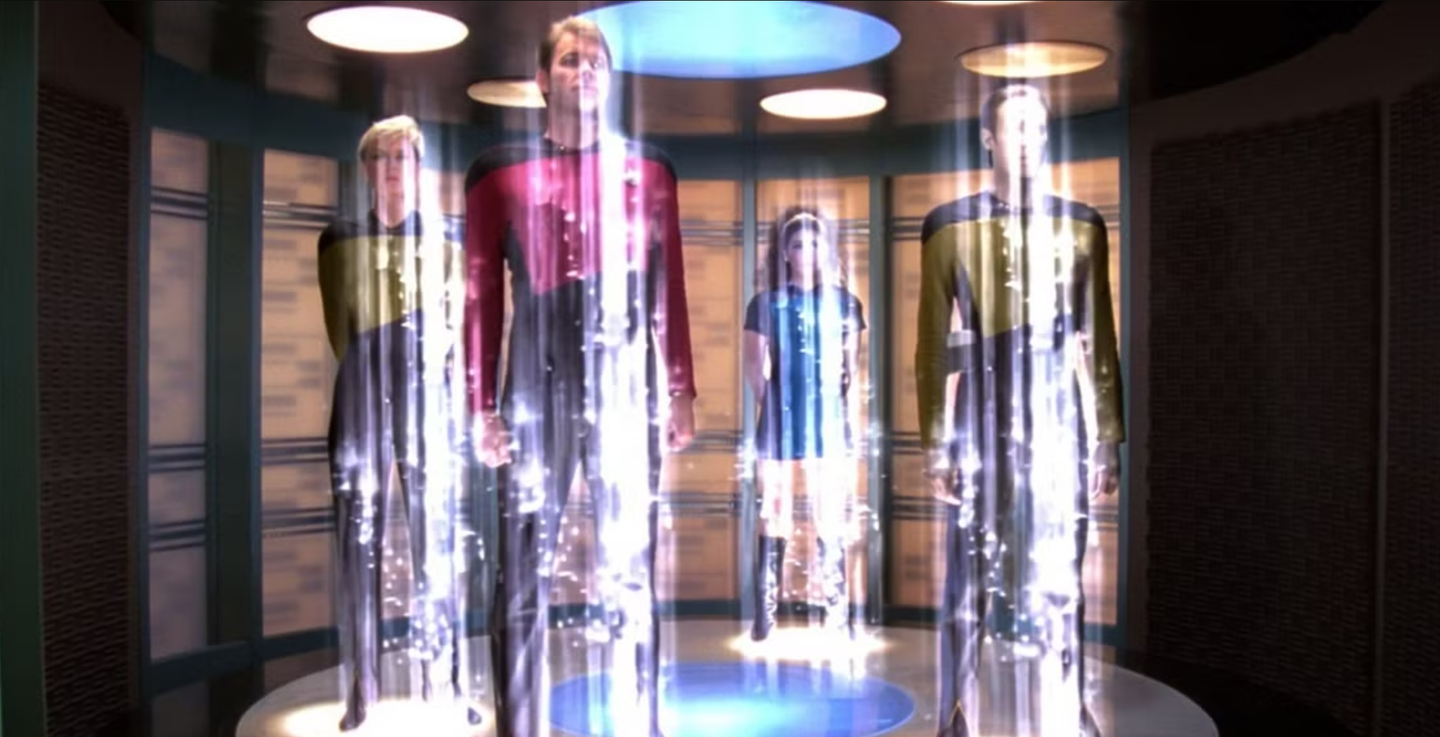In a recent article, we discussed the growing interest in testing Stuart Hameroff and Roger Penrose’s quantum theory of consciousness (Orch OR theory). For many, the connection between quantum theory and consciousness remains unclear, but there is increasing evidence that some phenomena are best explained through this framework.
Experimental physicist Rob Sheldon provides insight into the background of quantum theories of consciousness. He explains that prominent physicist Roger Penrose argues that human consciousness is non-algorithmic and cannot be modeled by a conventional Turing machine or digital computer. Penrose suggests that quantum mechanics plays a crucial role in understanding human consciousness, particularly the collapse of the quantum wavefunction in brain function.
The challenge is that quantum mechanics operates on a microscopic scale, while the brain and consciousness are macroscopic. Penrose postulates that 1-D structures have elongated wavefunctions, making neurons’ microtubules the right shape to have long wavefunctions. When these microtubules overlap, their wavefunctions also overlap, creating a single entangled wavefunction that spans the entire brain. Despite the distributed and analog nature of this process, the collapse of the wavefunction leads to discrete digital effects when decisions are made.
This hypothesized “Penrose consciousness” presents alternatives to the limitations of the Universal Turing Machine model of the brain, moving beyond the constraints of non-computable problems.
The implications of this quantum theory of consciousness are vast, challenging previous notions of materialism and offering new possibilities for understanding the nature of consciousness. While the specifics of how this theory will play out remain uncertain, it is clear that it has the potential to reshape our understanding of the relationship between quantum theory and consciousness.
Note: The included image illustrates the microtubules responsible for providing structure and shape for cells.
For further reading: The theory that consciousness is a quantum system gains support. Hameroff and Penrose’s Orch OR Theory sees consciousness as the outcome of a quantum collapse of a wave function. How a quantum theory of consciousness will work out is anyone’s guess but here’s a prediction: It won’t help the cause of materialism much.









/cdn.vox-cdn.com/uploads/chorus_asset/file/25806329/Screenshot_2024_12_26_at_5.43.25_PM.jpeg)


